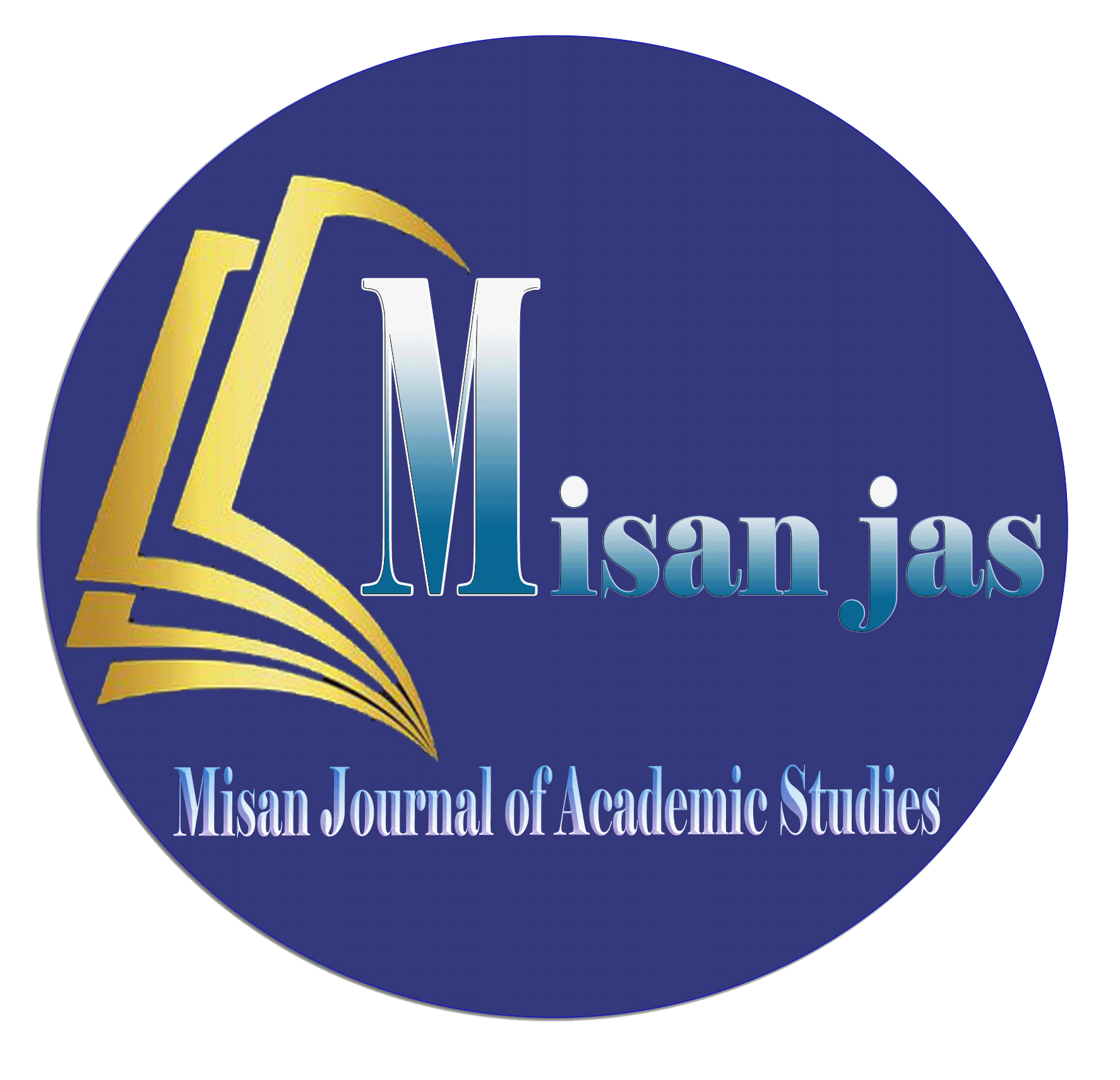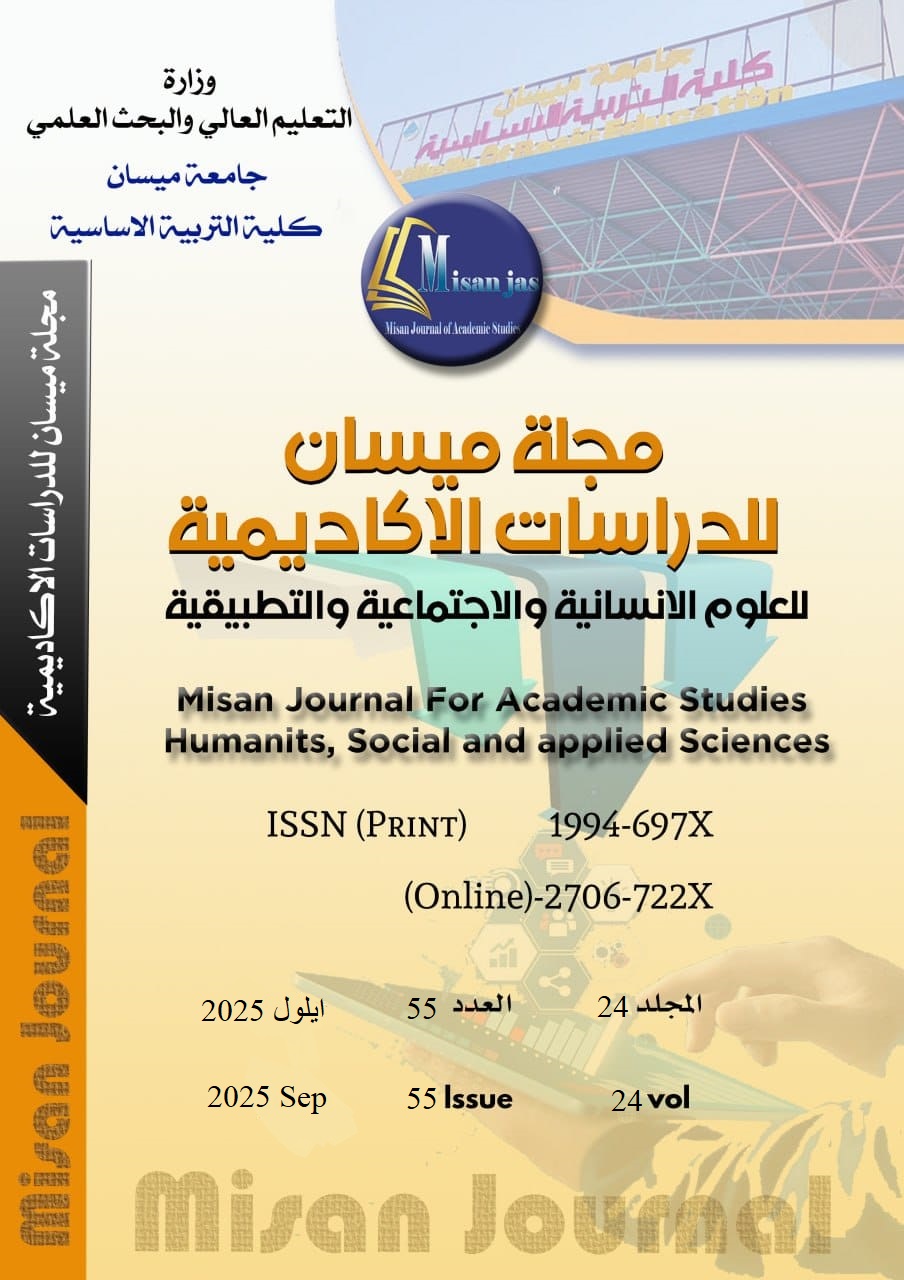Assimilation and Its Impact on Morphological Structure A Phonological and Morphological Study of Poetic Samples from Various Historical Periods
Abstract
Arabic is one of the richest languages in terms of phonological and morphological phenomena. Assimilation stands out as one of the most prominent of these phenomena. It contributes significantly to the formation of a word’s morphological structure through the harmony. It produces between adjacent sounds in spoken discourse. Assimilation is defined as a phonetic change that results from the influence of one sound on a neighboring sound, leading to their convergence or identity in articulation or phonetic features. This process facilitates pronunciation and reduces the articulatory effort of the speech organs.
Classical Arab linguists were aware of this phenomenon although they did not label it. They addressed it using various terminologies. Modern linguists, however, have paid particular attention to assimilation by studying it as a phonological phenomenon that affects the morphological structure of the word.
This study explores assimilation from two complementary perspectives—phonological and morphological—highlighting its functional dimensions within the Arabic morphological system. It relies on selected poetic examples from diverse historical periods: The Pre-Islamic, Umayyad, Abbasid, and Modern eras, to ensure a precise temporal representation of the phenomenon. The study examines various types of assimilation such as assimilation between consonants, between vowels, and the interaction between both. It reveals its impact on morphological processes such as assimilation (idgham), vowel weakening (i‘lal), substitution (ibdal), and structural modification.
The study adopts a descriptive-analytical method, which relies on application and induction, aiming to underscore the central role of assimilation in shaping the morphological structure of Arabic words.
Downloads
Copyright (c) 2025 (Humanities, social and applied sciences) Misan Journal of Academic Studies

This work is licensed under a Creative Commons Attribution-NonCommercial-NoDerivatives 4.0 International License.
The copyright is also the copyright of the magazine only.
All articles published in our magazine are subject to license terms
Creative Commons Attribution(CC BY-NC-ND 4.0) This license permits the content to be reproduced, redistributed and reused in whole or in part for any purpose free of charge, without any permission from the author(s), researcher or student.
Works submitted to Maysan Journal of Academic Studies for publication in the journal (CC BY-NC-ND 4.0) license terms. Where available content can be shared, distributed and replicated provided there is no commercial profit and appropriate credit must be given to the original source through sources or citations. It is mandatory to review any material used from other sources including shapes, tables, and images for re-use under the terms of the Creative Commons License (CC BY-NC-ND 4.0).Provided that there is no modification to the original content



